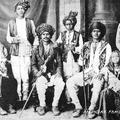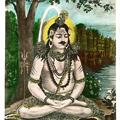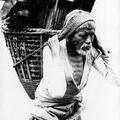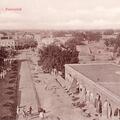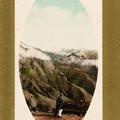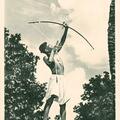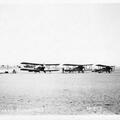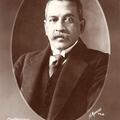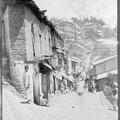Empire of British India and Ceylon [Coins]
A beautiful embossed card showing exchange rates between Indian and European currencies, in those days usually stable for long periods of time.
The H.S.M. in the top left corner stands for Hugo Semmler, Magdeburg, per Helmfried Luers in his The

![Empire of British India and Ceylon [Coins] Empire of British India and Ceylon [Coins]](https://www.paperjewels.org/sites/default/files/styles/square_thumbnail/public/slides/coins-of-the-raj_0.jpg?itok=58p0u2yD)
